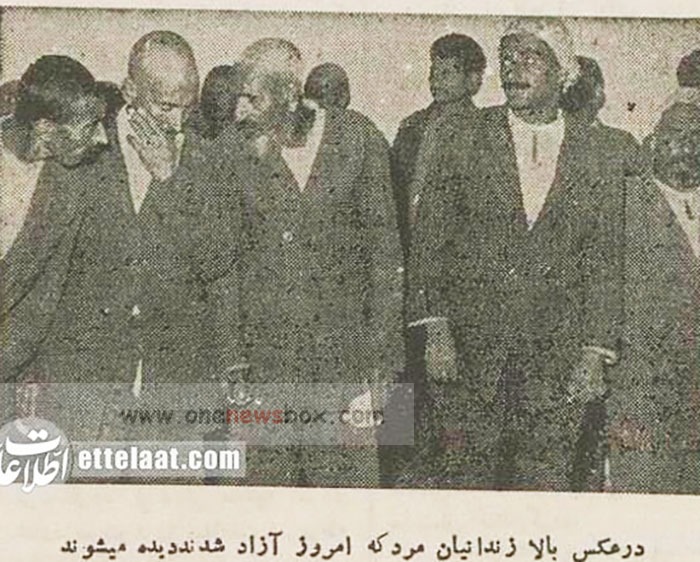The Release and Homecoming
On December 1, 1955, the release of these Iranian captives was prominently covered by Iranian media. Etelaat, one of the country’s leading newspapers at the time, published a pictorial report on the return of these individuals. The report depicted scenes of relief, joy, and reunion as the detainees were welcomed back by their families and communities.
For the 40 men, 9 women, and 7 children, this was more than just a physical return to their homeland—it was the end of a traumatic chapter in their lives. Many of them had endured years of harsh conditions in Soviet prisons, separated from their loved ones and living under the constant shadow of uncertainty about their fate. The joy of their return was palpable, but it also came with scars, both visible and invisible.
The Role of Diplomacy
The release of the prisoners was the result of prolonged diplomatic negotiations between Iran and the Soviet Union. The mid-1950s marked a period when Iran, under the leadership of Shah Mohammad Reza Pahlavi, was strengthening its ties with Western powers, particularly the United States. This alignment with the West was viewed with suspicion by the Soviet Union, which had its own strategic interests in Iran, especially in the oil-rich regions and the northern provinces.Despite these tensions, there were moments of cooperation between the two nations. The release of the prisoners in 1955 can be seen as an example of such diplomatic efforts. It is likely that the Iranian government, leveraging its international connections and perhaps making concessions of its own, worked tirelessly to secure the freedom of its citizens. The event was presented domestically as a victory for Iranian diplomacy and a testament to the government’s commitment to protecting its people.

